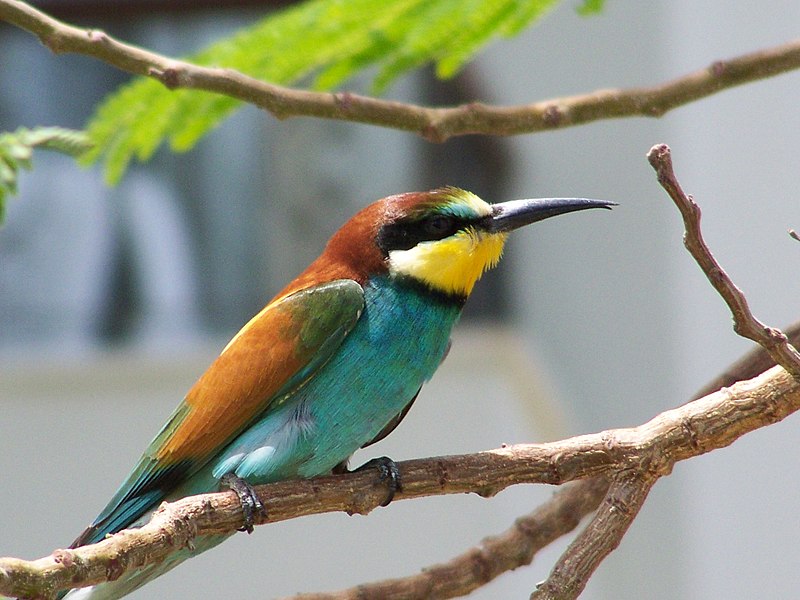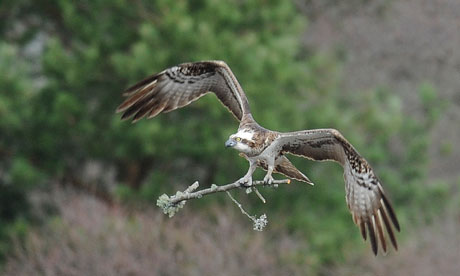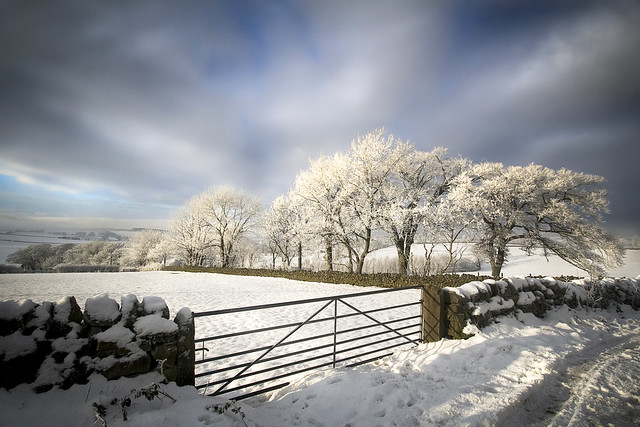
The mass slaughter of migrating birds in Malta casts a shadow over every spring. Top UK television nature presenter Chris Packham is using his high public profile to draw attention to the horror, shamefully permitted within the European Union. Fed up with the lack of response from established media, he’s turned to alternative communication channels. He’s in Malta at the moment, and will be posting a nightly video diary on YouTube at 9.00 pm (UK time) between April 21-26. Get more details about his mission and how you can contribute on his website and updates on twitter.










